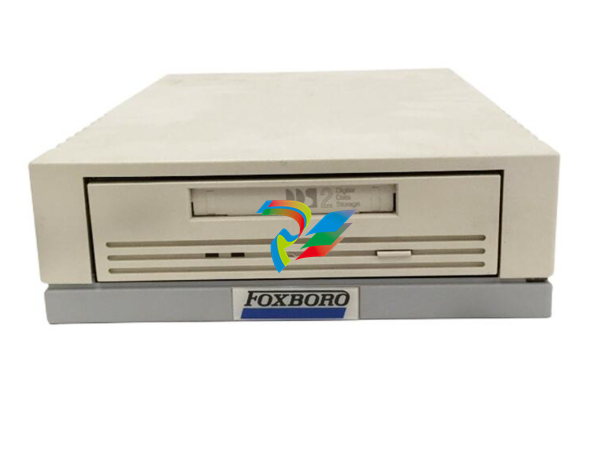
3D Printing in Construction: Materials, Applications, and Advantages
1. Architectural Models
These 3D scale models are used to visualize designs and communicate design intent. Depending on the size, complexity, and material requirements, 3D printers can quickly produce accurate architectural models.
2. Prototypes
In construction,a prototype is a preliminary model of a new product. It provides construction companies with a visual representation of the product, while also enabling product testing and informing future design iterations.
3. Formwork Solutions
Formwork provides a mold into which construction materials, like concrete, can be poured. The material is held in place until it has solidified and is strong enough to support itself. Formwork solutions are a particularly useful application for 3D printing since the materials rarely need to be long-lasting or highly durable.
4. Buildings
Increasingly, 3D printers are producing entire buildings and other structures, including temporary shelters, permanent homes and offices, and bridges. This offers a less costly and quicker construction process.
5. Structural Components
When a complete structure or building is too difficult to produce via a 3D printer, companies may opt to print individual components. Manufacturing construction elements is a cost-effective, sustainable, and efficient method for producing specific parts.
6 Challenges and Limitations of 3D Printing in Construction
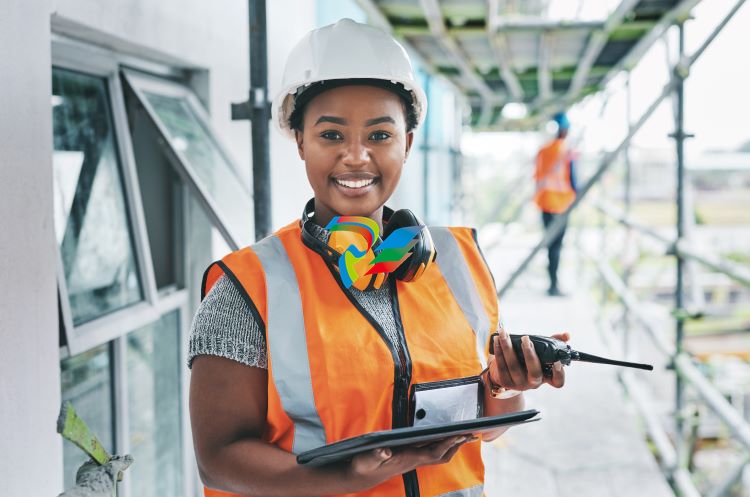
PeopleImages.com – Yuri A / Shutterstock.com
3D printing promises to revolutionize the construction market, but the technology is not without its challenges:
1. Cost
3D-printed buildings are typically much less expensive to produce than traditionally constructed buildings. Nonetheless, the upfront costs associated with installing a 3D printer are high. In addition, 3D printing devices require ongoing maintenance and can be difficult to transport between construction sites.
2. Labor
Construction labor shortages are an ongoing problem. According to the Xometry Career in Manufacturing Report 2023, 47% of survey respondents strongly agree with the statement “We are experiencing labor shortages,” with another 36% somewhat agreeing.
Indeed, Associated Builders and Contractors estimates that construction firms will need to attract around 546,000 additional workers — surplus to the normal pace of hiring — to meet the growing demand for labor. Skilled workers are needed to operate 3D printing technology, but the industry may not be able to find them.
3. Quality
There are a couple of reasons why 3D printing technology might impact product quality.
Firstly, for quality assurance purposes, it is standard practice for project supervisors to review their teams’ work. 3D printing automates processes like these, which means companies must depend on the technology’s precision and accuracy to produce the desired end product.
Secondly, 3D printers often use raw materials, recycled materials, and composites, which could diminish product quality and longevity. This is somewhat less concerning when models or other temporary structures are being printed. However, companies must carefully consider their material choices when developing permanent structures and buildings.
4. Regulations
Thanks to the technology’s rapid advancements, there are currently no definitive regulations for 3D printing at a construction site. It will take time before universal building regulations reflect new technologies, but companies must be prepared to implement compliant business practices once they do.
5. Materials
The construction industry is experimenting with a wide range of 3D printing materials, but plastics, composites, and concrete are the most commonly used. Until 3D printers can work effectively with all construction materials, the technology won’t be universally serviceable.
6. Scalability
Although large-scale 3D printers can print whole buildings and structures, these machines are neither practical nor widely available.
Case Studies of 3D-Printed Construction Projects
In recent years, the construction industry has achieved some truly incredible feats in 3D printing.
World’s Largest 3D-Printed Building
In June 2023, Printed Farms used COBOD’s BOD2 construction 3D printer to build the world’s largest 3D-printed building. With a total floor area of 10,105 square feet and a height of 13 feet, the luxury horse barn is located in Wellington, Florida.
World’s Tallest 3D-Printed Building
In 2022, COBOD and Dar Al Arkan built the world’s tallest 3D-printed building. The 33-foot-tall building in Saudi Arabia.
Largest 3D-Printed Affordable Housing Project
14Trees is lauded for the largest 3D-printed affordable housing project. The company, which was founded in Africa, seeks to revolutionize the future of construction by accelerating the production and delivery of sustainable buildings. In February, it completed the printing of 10 housing units in Kenya. The project has received IFC-EDGE Advanced Sustainable Design certification by The World Bank.
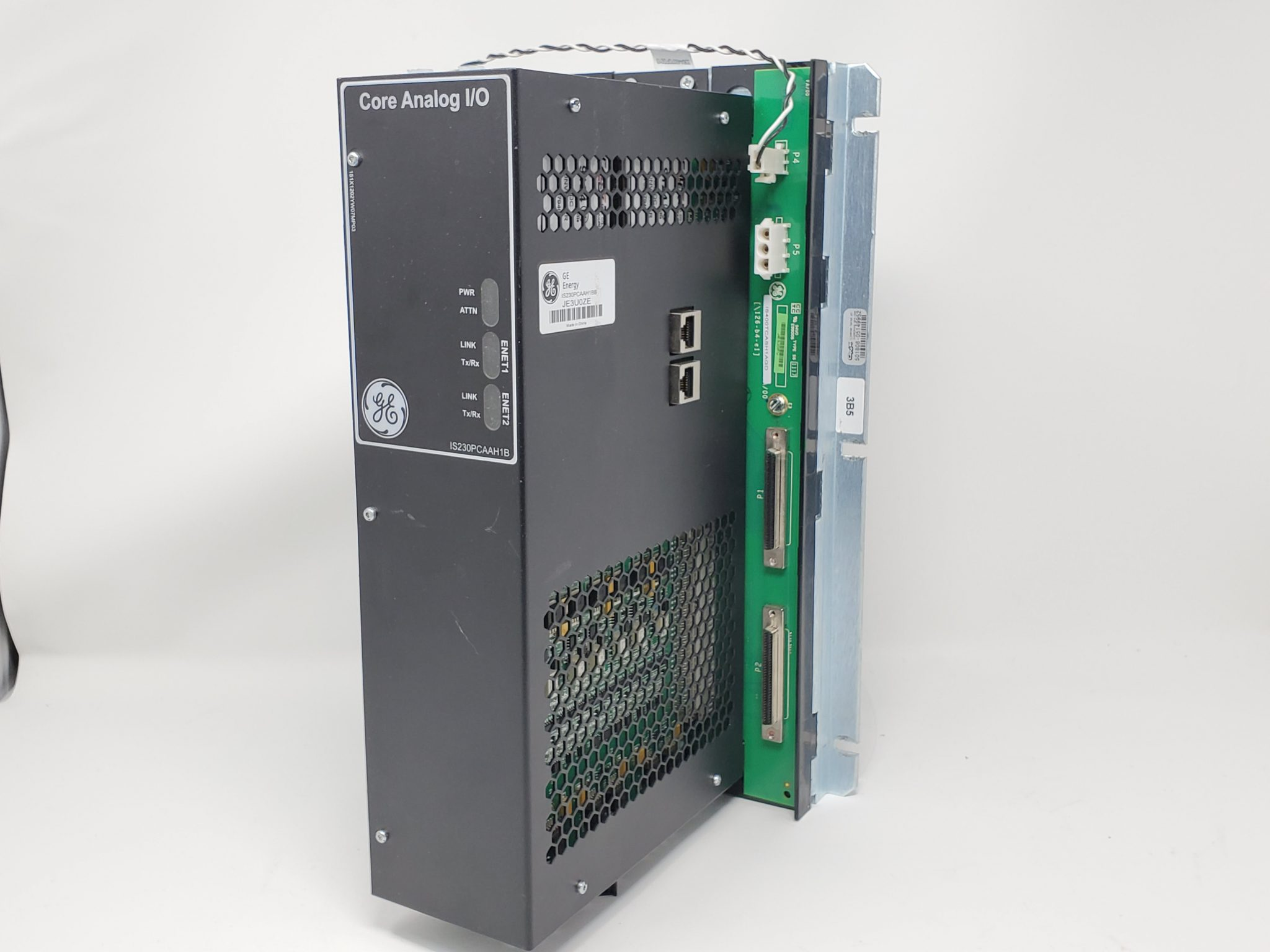

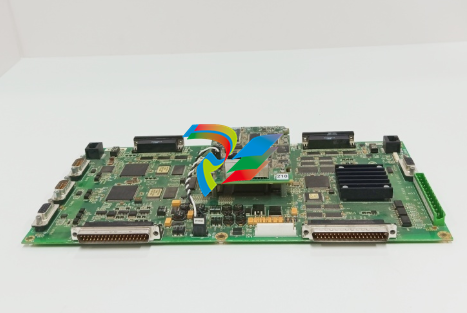

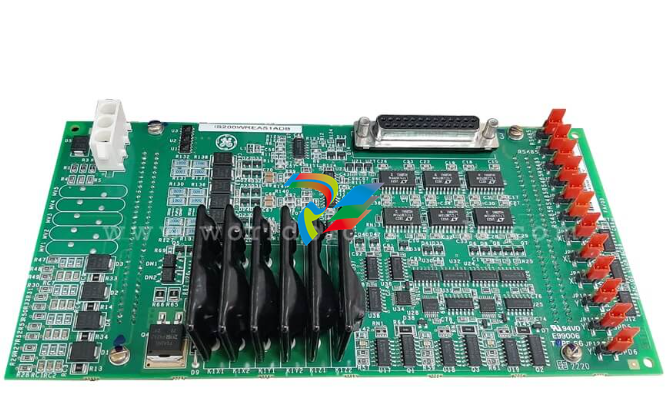
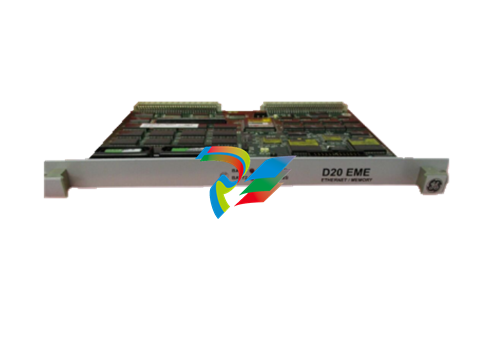
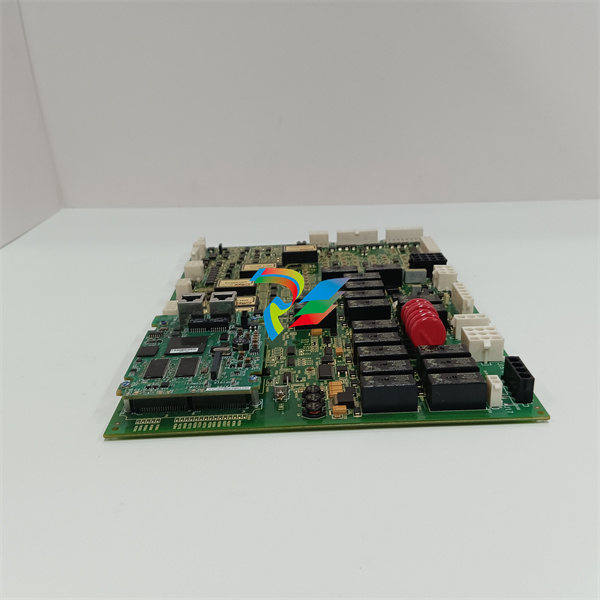
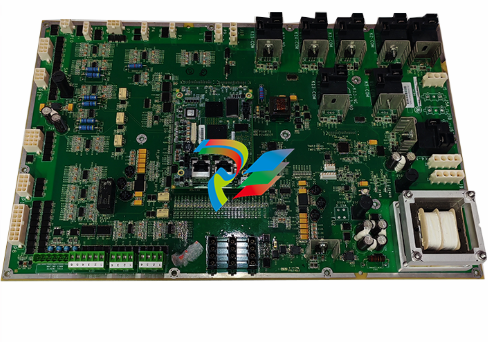
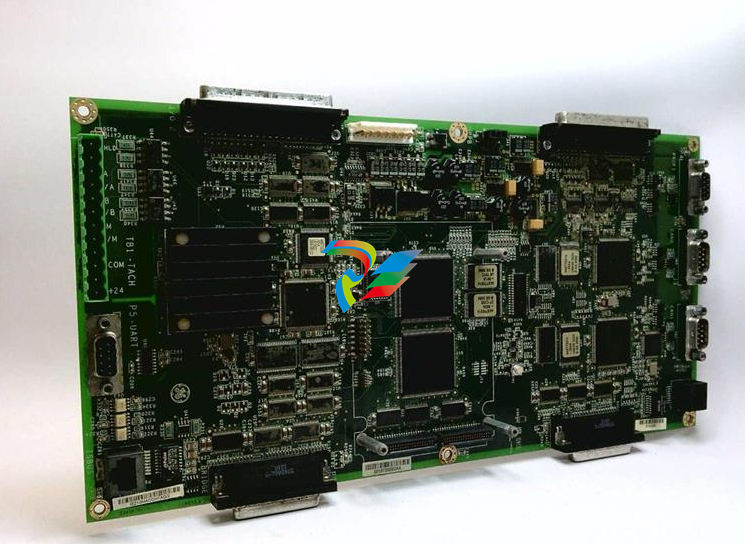
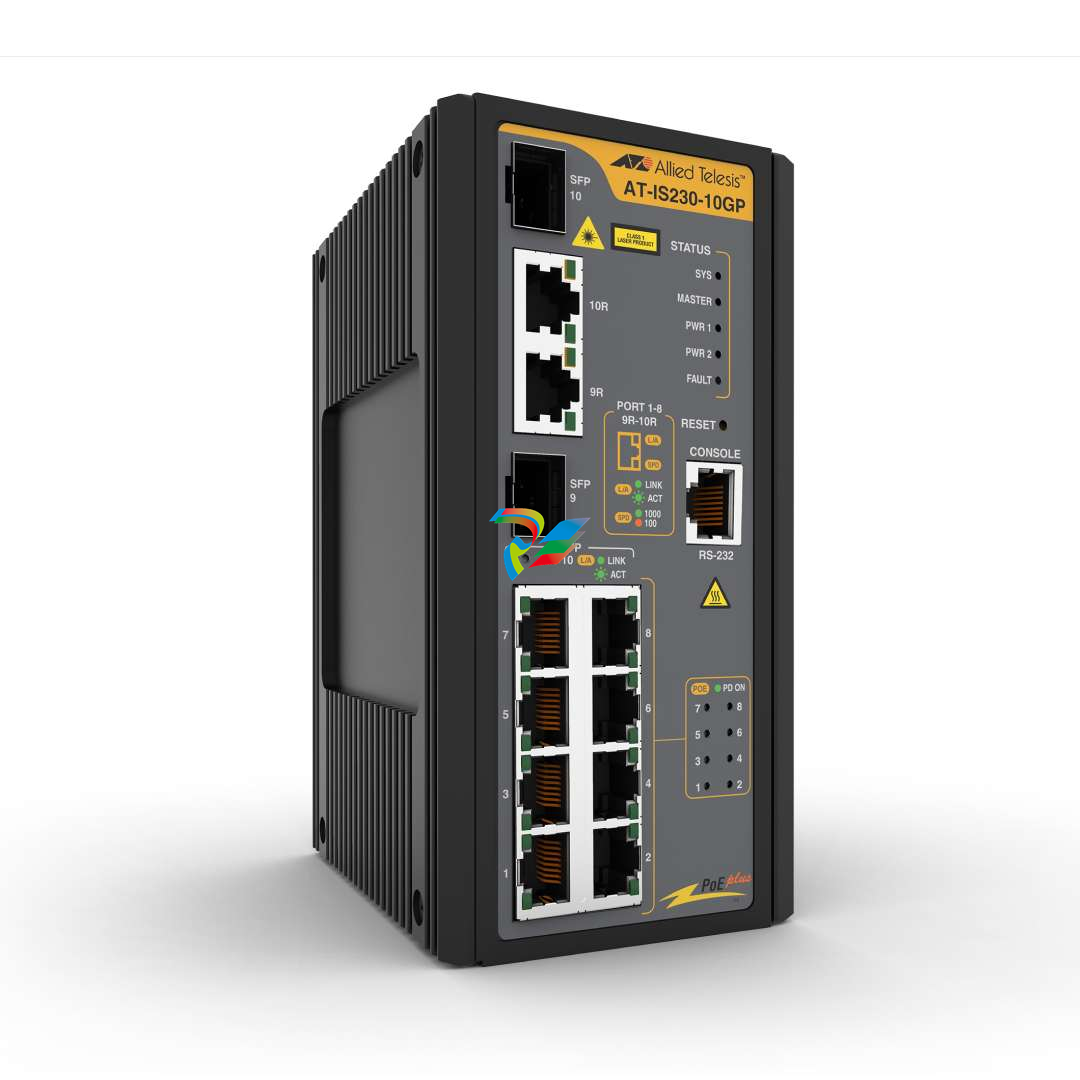
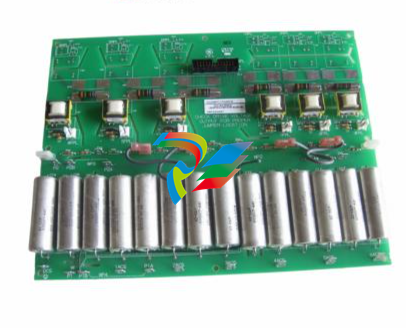

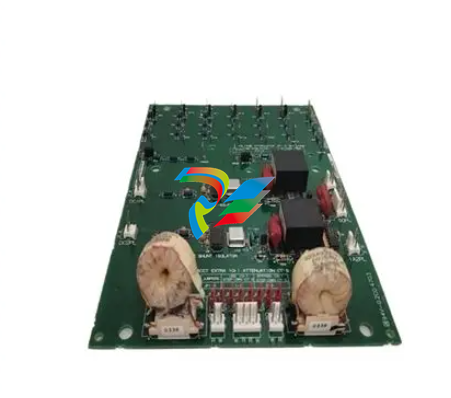

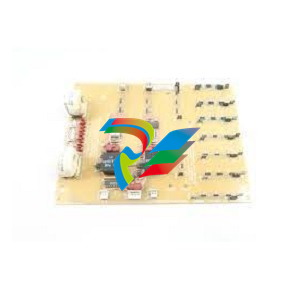

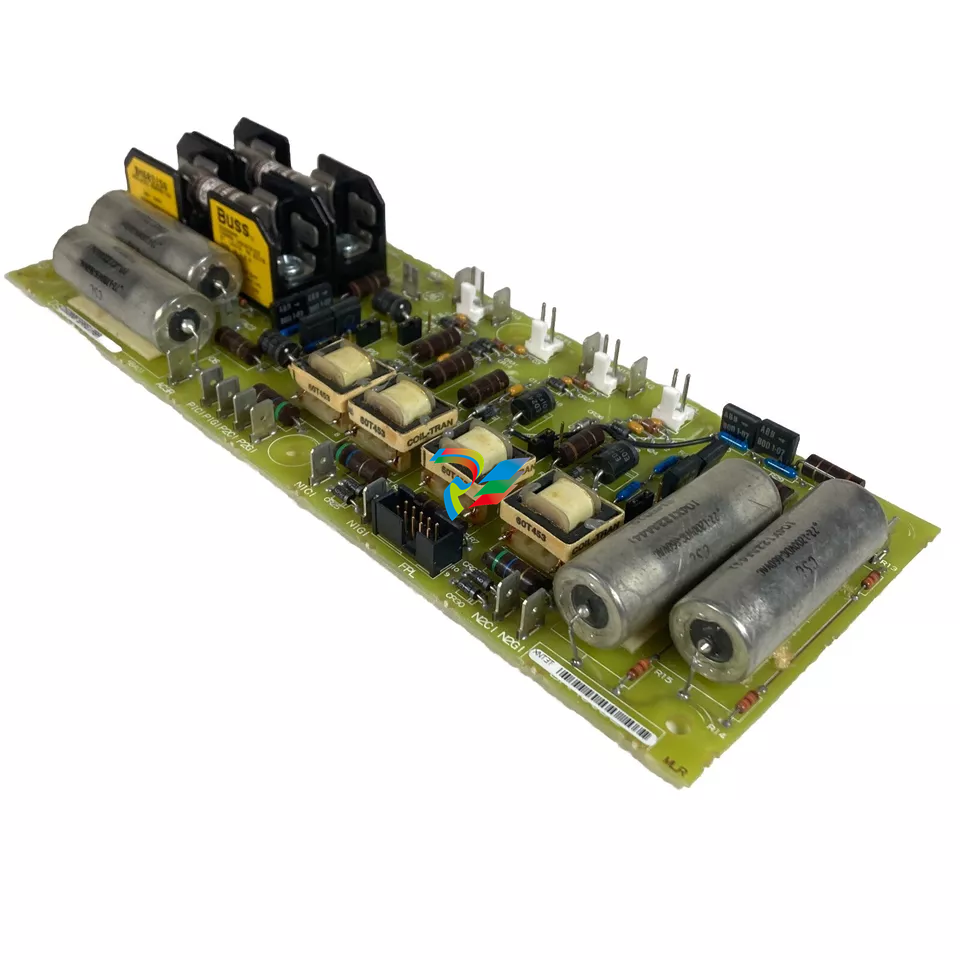
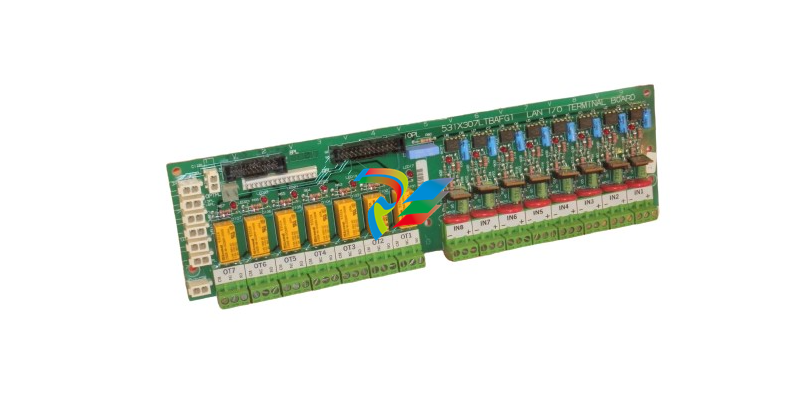




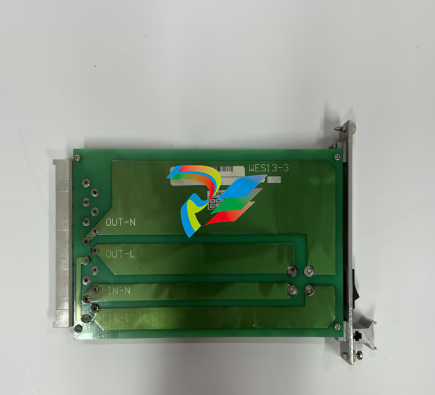
.jpg)

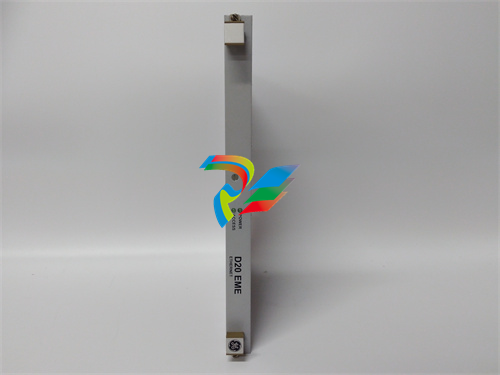
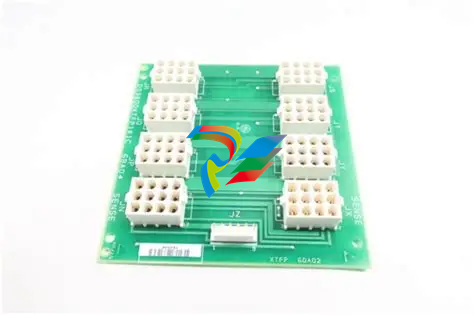









































.jpg)
.jpg)





.jpg)



.png)
.jpg)

.jpg)
_lVjBYb.jpg)

.jpg)
.jpg)



.jpg)
.jpg)







.jpg)

.jpg)
.jpg)






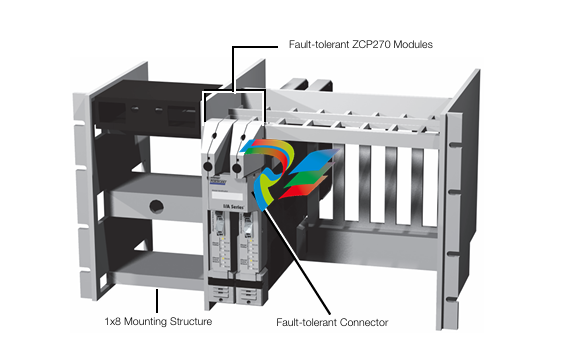

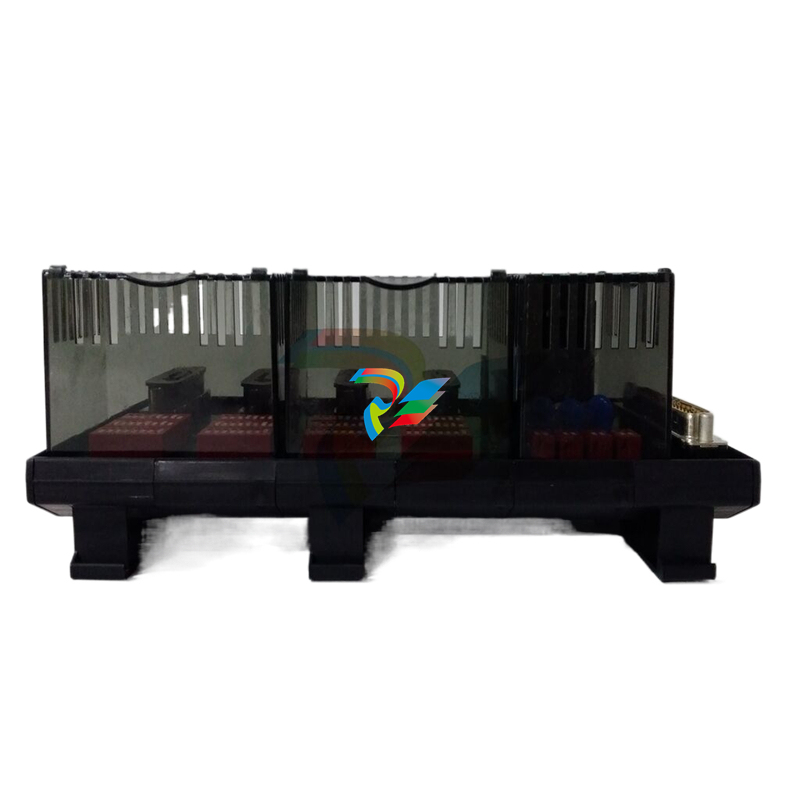
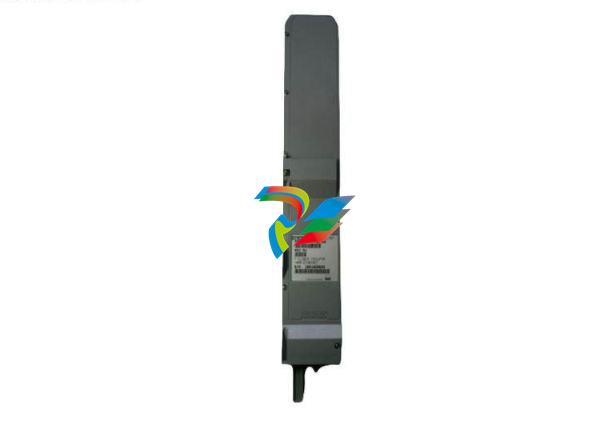
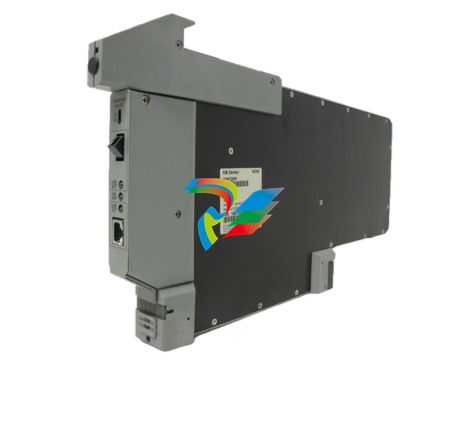
.jpg)
